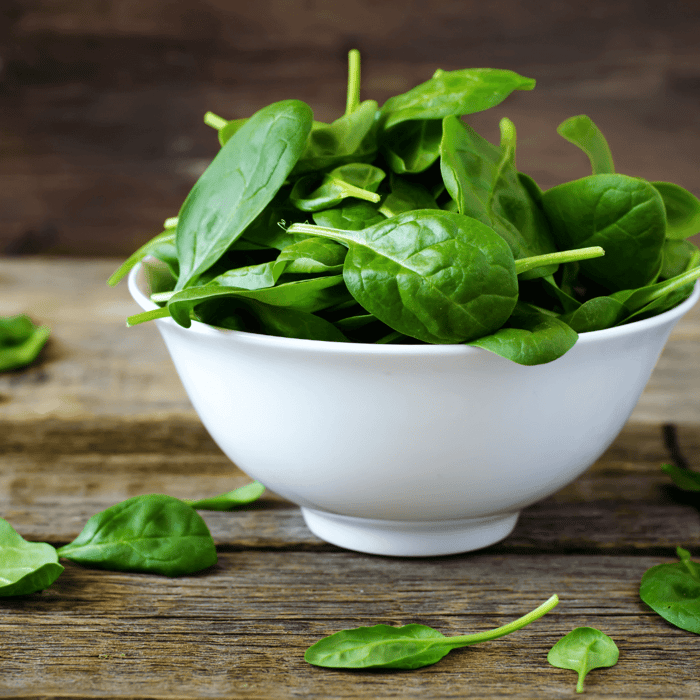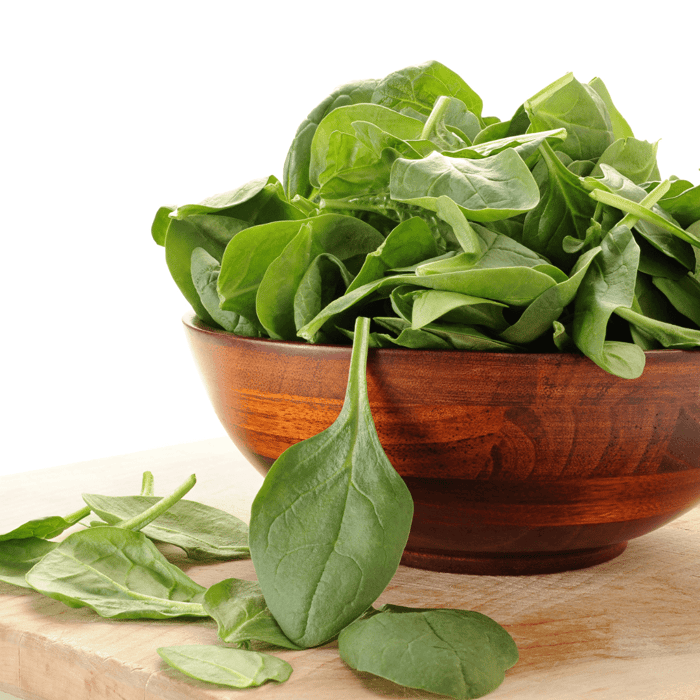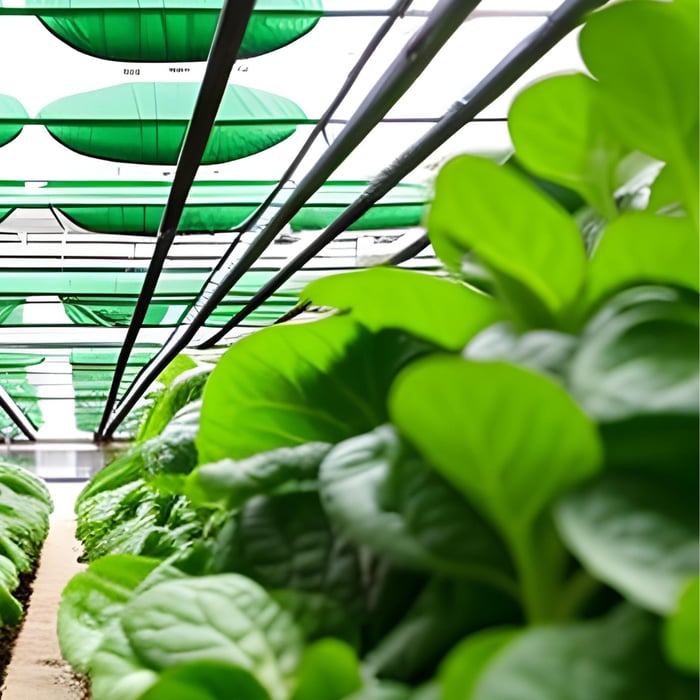As an avid gardener, I have always been passionate about growing vegetables. One of my favorite veggies to grow is the spinach variety called Bloomsdale Long Standing Spinach (Spinacia oleracea). This heirloom spinach is known for its dark green leaves, thick texture, and resistance to bolting in warm weather. In this in-depth article, I will provide you with a step-by-step guide on how to grow Bloomsdale Long Standing Spinach, ensuring a successful harvest.
Table of Contents
- Introduction to Bloomsdale Long-Standing Spinach
- History of the Seed
- Plant Characteristics
- Preparing the Soil for Planting
- Sowing Bloomsdale Spinach Seeds
- Caring for Your Spinach
- Harvesting and Storing
- Common Pests and Diseases
1. Introduction to Bloomsdale Long-Standing Spinach
Bloomsdale Long Standing Spinach is a delicious, cool weather-loving heirloom variety. Known for its dark green leaves and thick texture, it is slower to bolt than other spinach varieties, making it an excellent choice for early spring and fall plantings. In this guide, I will walk you through how to grow Bloomsdale Spinach, from preparing the soil to harvesting and storing your crop.
Bloomsdale Spinach Seeds
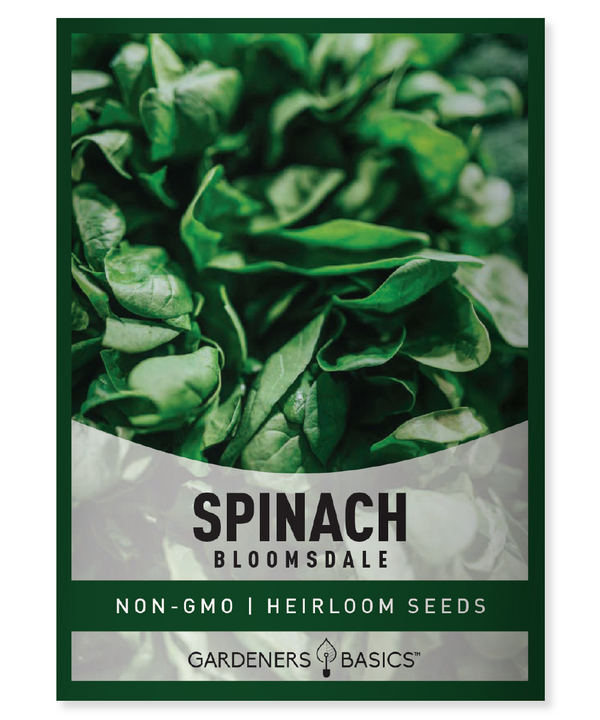
$2.49
Bloomsdale Spinach Seeds - Heirloom, Non-GMO, Non-Hybrid, Open-Pollinated Grow delicious, nutrient-packed Bloomsdale Spinach with our premium heirloom, non-GMO, non-hybrid, open-pollinated seeds. Perfect for home gardeners, this classic spinach variety is known for its deeply savoyed, glossy, dark green leaves and… read more
2. History of the Long-Standing Bloomsdale Spinach Seed
Bloomsdale Long Standing Spinach is an heirloom variety of spinach that has been grown and enjoyed for generations. Named after Bloomsdale in Pennsylvania, this spinach variety is known for its resistance to bolting in warm weather. It is an excellent choice for gardeners who want a long-standing spinach crop.
3. Plant Characteristics <a name="characteristics"></a>
- Days till maturity: 45-55 days
- Planting depth: 1/2 inch
- Plant spacing: 2-4 inches apart in rows 12-18 inches apart
- Days to germination: 7-14 days
- Start indoors or direct-sown: Bloomsdale Spinach can be started indoors or direct-sown, but it is often recommended to direct-sow for the best results.
- Full sun or partial shade: Spinach prefers cool temperatures and tolerates partial shade but also grows well in full sun.
- When to harvest: Harvest when leaves are 3-6 inches long, usually about 6 weeks after planting.
- Plant height: 8-12 inches tall
- Plant width: 6-8 inches wide
4. Preparing the Soil for Planting Bloomsdale Spinach
Before planting your Bloomsdale Spinach seeds, ensure your soil is prepared correctly. Spinach thrives in well-drained soil with a pH between 6.0 and 7.0.
- Choose a location with full sun or partial shade.
- Remove any weeds or debris from the planting area.
- Loosen the soil to a depth of at least 8 inches using a garden fork or tiller.
- Amend the soil with compost or well-rotted manure to improve drainage and add nutrients.
- Test your soil pH and adjust it if necessary using lime (to raise pH) or sulfur (to lower pH).
5. Sowing Bloomsdale Spinach Seeds
Once your soil is prepared, it's time to sow your Bloomsdale Spinach seeds. This spinach variety can be grown in both early spring and fall plantings. To ensure a successful crop, follow these steps:
- In early spring, sow seeds outdoors when the soil can be worked. For fall plantings, sow seeds about 6-8 weeks before the first expected frost.
- Plant seeds 1/2 inch deep and 2-4 inches apart in rows 12-18 inches apart.
- Lightly cover the seeds with soil and water to moisten the ground.
- Seeds should germinate in 7-14 days. If starting seeds indoors, transplant seedlings outside when they have 2-3 true leaves and nighttime temperatures, are consistently above 45°F (7°C).
6. Caring for Your Spinach
To grow a healthy and abundant crop of Bloomsdale Long Standing Spinach, follow these care tips:
- Watering: Keep the soil evenly moist but not waterlogged. Spinach prefers consistent moisture, so water regularly, especially during dry spells.
- Fertilizing: Apply a balanced, slow-release fertilizer when planting, and then side-dress with additional fertilizer every 4-6 weeks.
- Weeding: Keep the area around your spinach plants free of weeds, as they can compete for nutrients and water.
- Thinning: Thin seedlings to 4-6 inches apart once they have two sets of true leaves. Thinned seedlings can be eaten as baby spinach.
- Mulching: Apply a layer of organic mulch, such as straw or shredded leaves, around the plants to help retain moisture, suppress weeds, and keep the soil cool.
Lettuce Seed Assortment | 5 Variety Pack
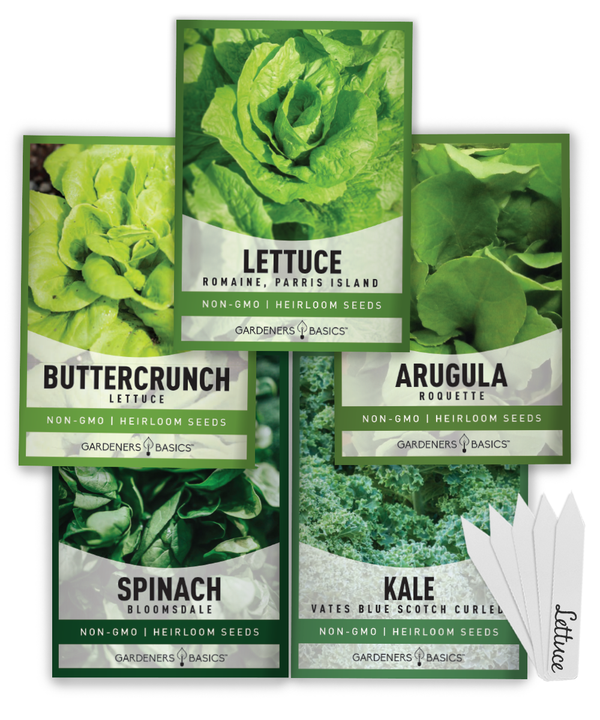
$9.95
Grow Fresh Greens Year-Round with Our 5 Lettuce Seeds Variety Pack - Heirloom, Non-GMO, Perfect for Outdoor & Indoor Gardening Introducing our 5 Lettuce Seeds Variety Pack – the perfect addition to your garden, whether you’re a seasoned grower or… read more
7. Harvesting and Storing
Bloomsdale Long Standing Spinach is ready to harvest when leaves are 3-6 inches long, usually about 6 weeks after planting. To gather and store your spinach:
- Use a sharp knife or scissors to cut leaves individually or harvest the entire plant by cutting it off at the base.
- Rinse the harvested leaves in cold water to remove any dirt or debris.
- Gently pat the leaves dry with a clean towel or use a salad spinner to remove excess water.
- Store fresh spinach in a plastic bag or airtight container in the refrigerator for up to 10 days.
8. Common Pests and Diseases
Bloomsdale Long Standing Spinach is generally a hardy plant, but it can be susceptible to certain pests and diseases:
- Aphids: These small, soft-bodied insects can be found on the undersides of leaves. Control them by spraying the plants with a strong jet of water or using insecticidal soap.
- Leafminers: These pests create tunnels in the leaves, damaging the appearance and quality of your spinach. Remove and destroy affected leaves, and use floating row covers to prevent infestations.
- Downy mildew: This fungal disease causes yellow spots on the leaves and a white, powdery growth on the undersides. Prevent downy mildew by providing good air circulation, avoiding overhead watering, and applying a fungicide if necessary.
By following this comprehensive guide on how to grow Bloomsdale Long Standing Spinach, you'll be well on your way to enjoying a bountiful harvest of delicious, dark green leaves. Happy gardening!
 Frequently Asked Questions - How to Grow Bloomsdale Long-Standing Spinach
Frequently Asked Questions - How to Grow Bloomsdale Long-Standing Spinach
Q1: Can Bloomsdale Long Standing Spinach be grown in containers?
A1: Yes, Bloomsdale Long Standing Spinach can be grown in containers. Choose a container 12 inches deep and 18 inches wide to provide enough space for root growth. Make sure the container has drainage holes to prevent waterlogging.
Q2: How do I know when my spinach needs watering?
A2: Spinach needs consistent moisture, so check the soil regularly by inserting your finger about an inch. If it feels dry, it's time to water. Aim to keep the soil evenly moist but not waterlogged.
Q3: Can I grow Bloomsdale Long Standing Spinach indoors?
A3: While growing spinach indoors is possible, it generally prefers outdoor conditions. If you want to try growing it indoors, ensure it receives at least 6-8 hours of direct sunlight or grow light exposure daily, and maintain a cool room temperature (between 60-70°F or 15-21°C).
Q4: How often can I harvest from a single Bloomsdale Long Standing Spinach plant?
A4: You can harvest from a single Bloomsdale Long Standing Spinach plant multiple times throughout its growing season. Cut the outer leaves first when gathering, allowing the inner leaves to grow. This method is called "cut-and-come-again" and can extend the harvesting period.
Q5: Why are my Bloomsdale Long Standing Spinach leaves turning yellow?
A5: Yellowing leaves can indicate several issues, including nutrient deficiencies, over-watering, or disease. Ensure that your spinach plants receive adequate nutrients and consistent moisture, and check for signs of pests or diseases. Adjust your care practices accordingly to address the issue.
Salad Greens Lettuce Seed Assortment | 10 Variety Pack
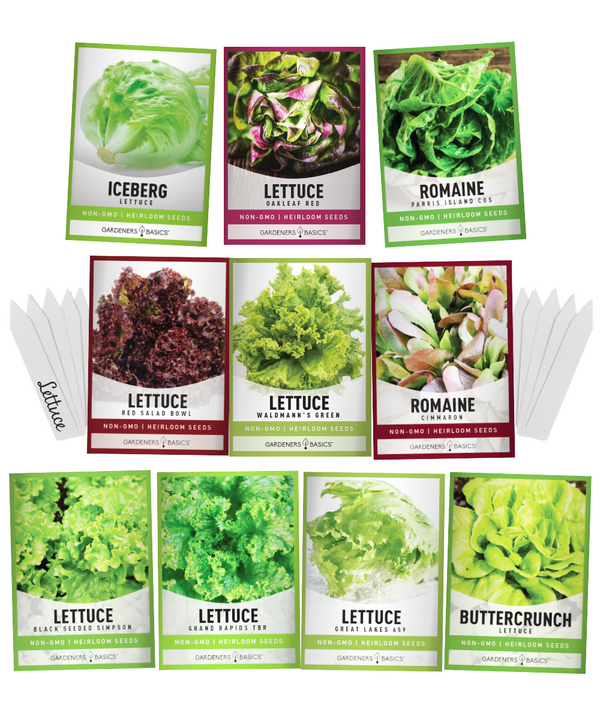
$15.95
Fresh Lettuce Seed Assortment – 10 Heirloom Varieties, Perfect for Hydroponics, Indoor & Outdoor Gardening! Our 10 Salad Greens Lettuce Seeds Variety Pack is the ultimate selection for any home gardener or hydroponics enthusiast! This carefully curated assortment features heirloom, non-hybrid,… read more
Q6: Can I plant Bloomsdale Long Standing Spinach near other vegetables?
A6: Yes, Bloomsdale Long Standing Spinach can be planted near other cool-weather vegetables, such as lettuce, kale, and radishes. In fact, companion planting can help to deter pests and improve overall plant health. Avoid planting spinach near nightshade family plants (like tomatoes and peppers), as they have similar nutrient requirements and can compete for resources.



